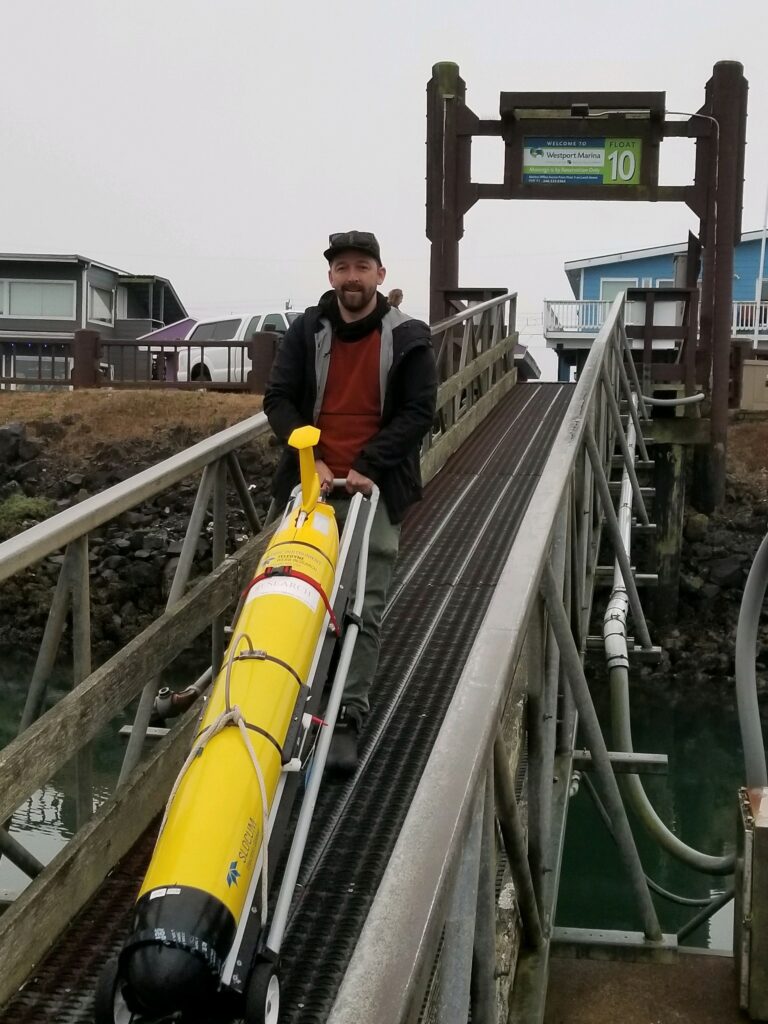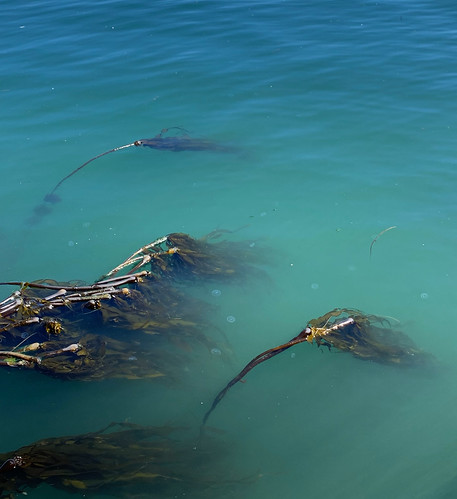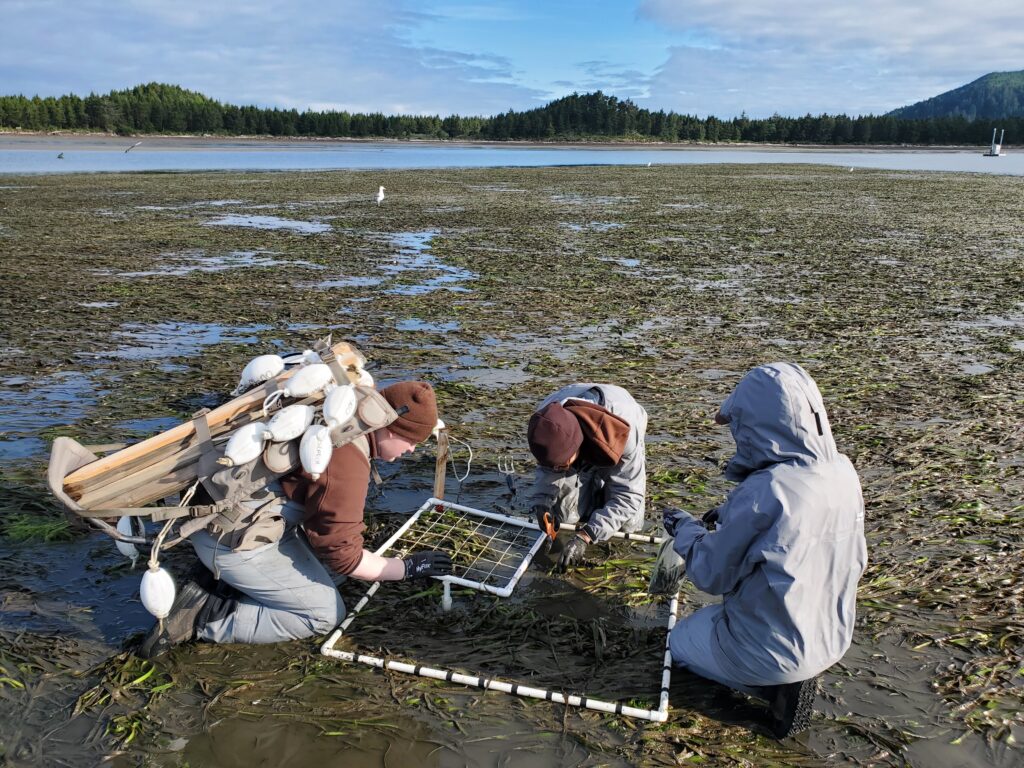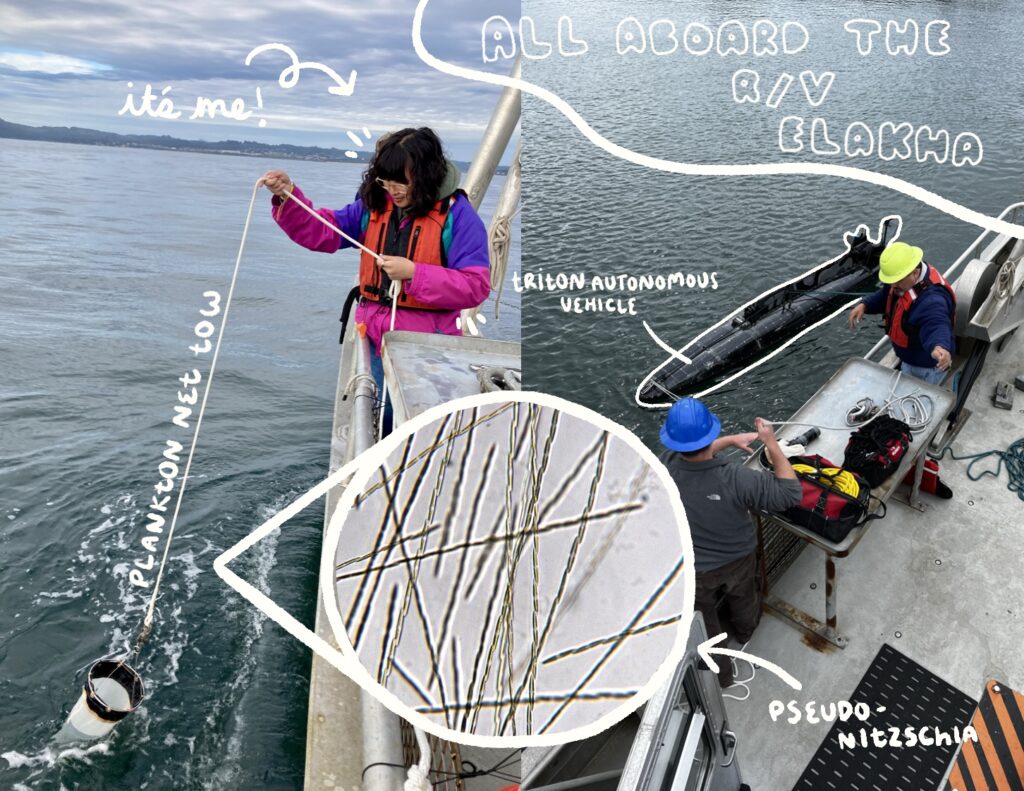Hello all! I am writing with the final update on my project to develop procedures for how the Oregon Coastal Management Program (OCMP) coordinates with tribes during federal consistency reviews, as I finished up my fellowship last week.
To return to the cliffhanger of my last blog post, I am happy to report that our proposal to incorporate additional policies related to archaeological resource protection and Native American grave protection into the suite of policies considered during federal consistency reviews was approved by NOAA. With this change, the OCMP will be able to further highlight and raise awareness of the state of Oregon’s commitment to the protection of these sites of significance to the tribes. During a federal consistency review, the OCMP will provide applicants with information to help them learn more about these standards. This includes resources about inadvertent discovery of human remains on the Legislative Commission on Indian Service’s website and guidance about the issuance of archaeological permits from the State Historic Preservation Office’s guidance on the issuance of archaeological permits.
I am also pleased to say the tribal coordination procedures were distributed to tribes via formal consultation letters at the beginning of October, marking a significant milestone in this fellowship project. The OCMP’s goal in implementing these procedures is to bring the tribes to the table during federal consistency reviews and management decisions to ensure their voices are heard and their expertise is considered. To ease implementation and sustainability, the procedures are designed to be simple and common sense, and nested naturally in existing processes. They are built on a few commitments to standardize communication and coordination which we shared with the tribes:
Do the “pre-work”
As federal consistency comes with a unique lingo and timelines established by federal regulations, it can be difficult to step into the federal consistency “world” without some orientation. In February of 2022, the OCMP took an early step in the “pre-work,” to provide some background on federal consistency and how it “works.” We also provided the tribes with summaries and graphics to describe the process with our formal consultation letters. Those letters also requested specific information from the tribes to tailor the procedure as appropriate: 1) confirmation that the tribe wants to be informed of federal consistency reviews; 2) types of activities of interest, whether there is particular geographic extent or topic area; and 3) who should be the primary contacts the OCMP should include in our mailing lists.
Early notification
Upon initiation of a federal consistency review, the OCMP will provide notification to tribes. This will be as early as possible in the process to ensure the tribe has enough time to review. It will be separate from the public comment period, as the federally recognized tribes are not members of the public – they are sovereign nations. This notification includes standard and clear information; templates have been developed to support.
Communication and coordination
The notification message specifically requests comments on the project, but we leave the door open for different levels of coordination. This means that there could be informal staff-to-staff coordination and communication up to formal consultation between OCMP leadership and the Tribal Councils, whatever the tribe requests. Any comments received would be acted on. This might mean facilitating coordination between the federal agency issuing the permit or taking the action and the tribe.
Follow-up
This last commitment is about “showing the work.” The OCMP is maintaining records of communication with the tribes. Any actionable comments will be documented in decision letters, though we will be mindful of not including potentially sensitive information. Copies of decision letters will also be provided to tribes if they provided comment or upon their request.
As I wrap this up I want to say thank you to everyone at the Department of Land Conservation and Development and the Oregon Coastal Management Program for the opportunity to work on this project! It has been a real privilege to be able to dig into these issues and develop some processes that will hopefully work in the long-term.


















